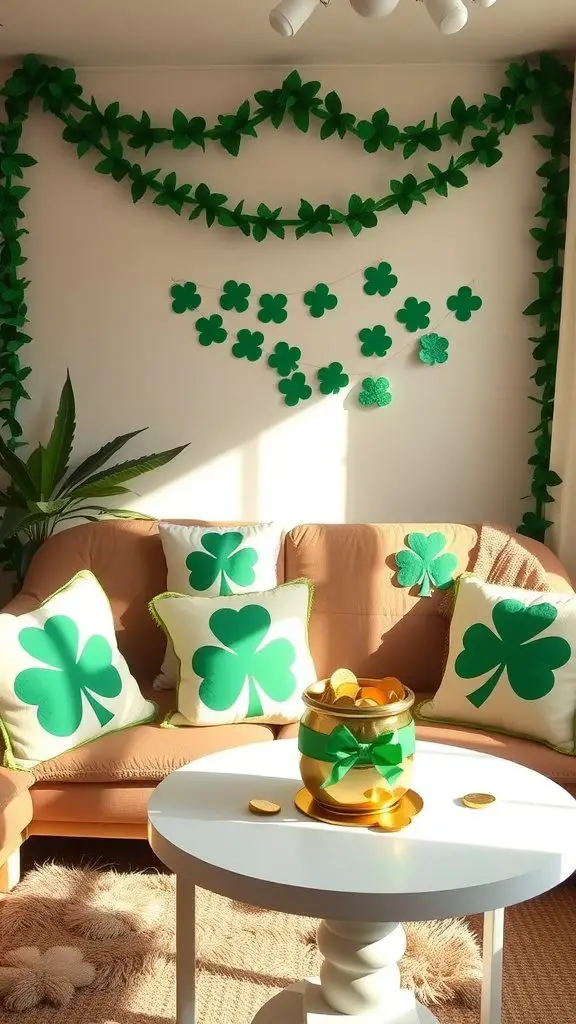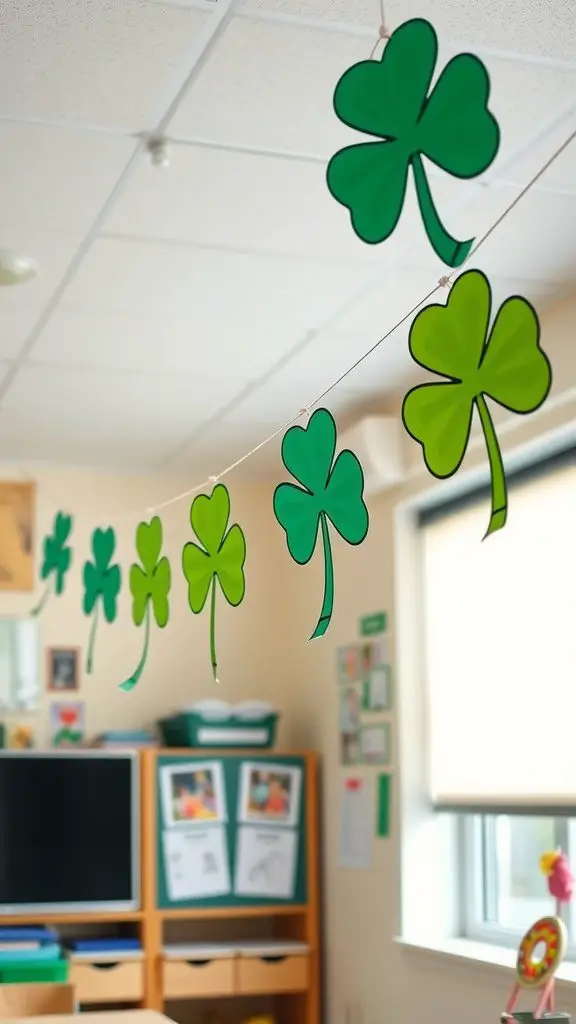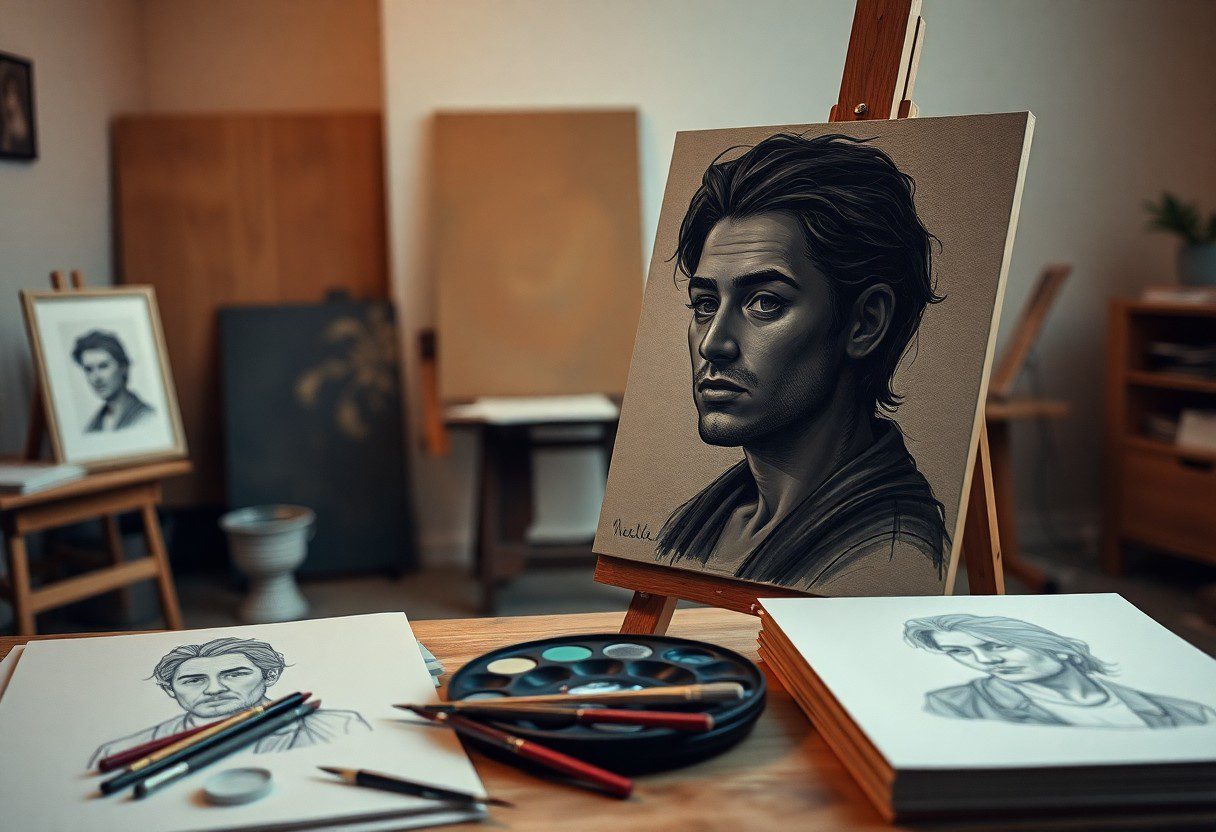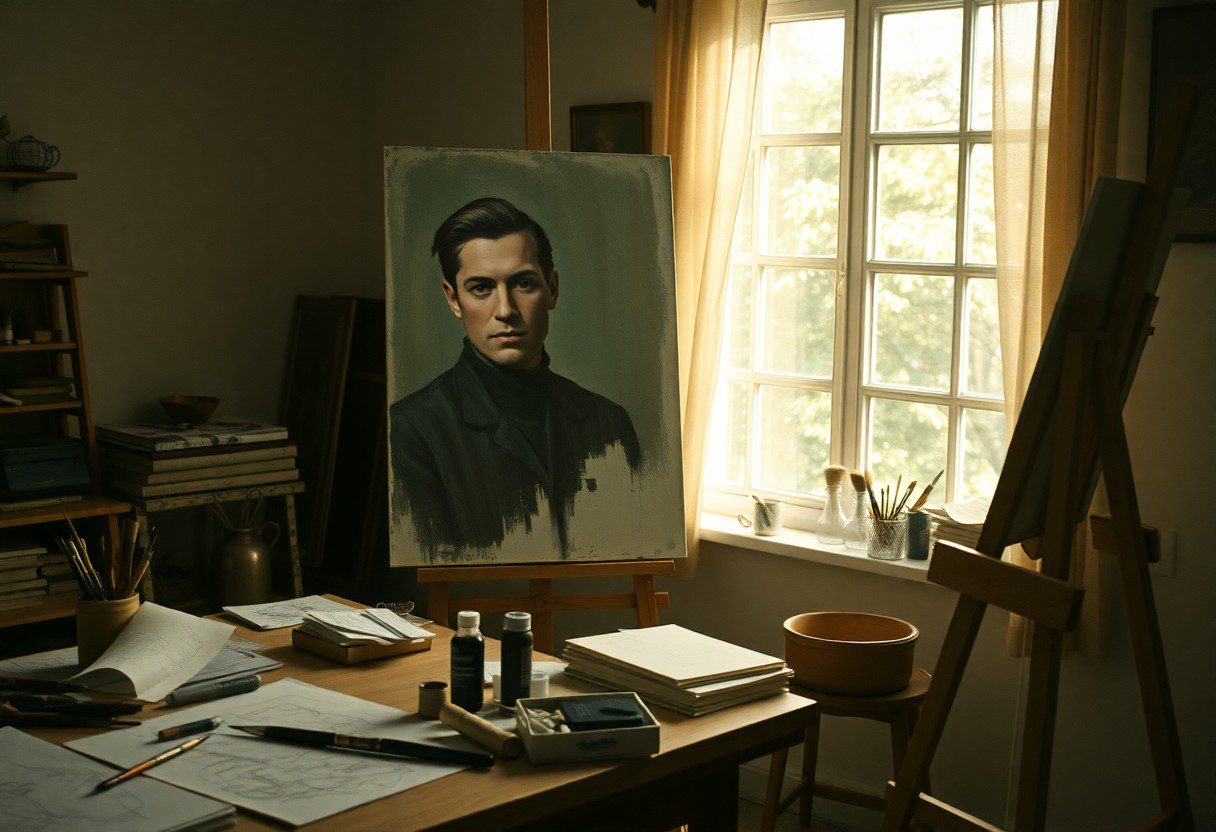It’s time to elevate your portrait painting skills by mastering the entire creative process, from the initial sketch to the final brush strokes on canvas. In this blog post, you will explore techniques and strategies that will help you enhance your artistic journey, whether you’re a beginner seeking guidance or an experienced artist looking to refine your approach. By understanding key components of portrait painting, you can confidently transform your ideas into captivating artworks that truly resonate with viewers.
Understanding Portraiture
The art of portraiture goes beyond mere representation; it captures the essence of a subject, conveying emotions, personality, and story. In your journey to mastering portrait painting, understanding the deeper significance of portraiture and its historical evolution will enrich your creative process and enhance your artistic expression.
Historical Context
Context plays a vital role in understanding portraiture. Throughout history, portrait painting has served to document social status, commemorate individuals, and express cultural values. From ancient civilizations to the Renaissance and modern times, artists have continually adapted their techniques and styles to reflect the changing landscape of society, shaping how you engage with portrait art today.
Key Elements of Portrait Painting
After grasping the historical context, you will find that certain key elements define successful portrait painting. These elements include composition, lighting, color theory, and capturing likeness—all crucial in conveying character and emotion. Engaging deeply with these aspects allows you to create compelling portraits that resonate with viewers on a personal level.
This understanding of key elements will enhance your ability to depict not just physical likeness but the unique essence of each subject. Consider how composition directs the viewer’s eye, while lighting and color evoke mood and atmosphere. By paying attention to facial expressions, body language, and the subtleties of skin tones, you can breathe life into your portraits, making them feel relatable and immersive. The mastery of these elements will empower you to elevate your portrait painting practices and create artwork that truly speaks.
The Sketching Phase
Some artists find the sketching phase to be the most exciting part of portrait painting. This stage allows you to explore ideas, shapes, and facial features without the pressure of making permanent marks on the canvas. Embrace the freedom to experiment and refine your vision, as this foundational step will guide you towards creating a striking final piece.
Tools and Materials
After selecting your preferred medium, gather necessary tools such as Graphite pencils, charcoal, or pastels. A dedicated sketchbook or smooth paper will serve as the perfect surface to express your creativity. Additionally, keep erasers and blending tools on hand, as they will assist you in refining details and achieving the desired effects in your sketches.
Techniques for Capturing the Subject
Among the various techniques for capturing your subject, proportion, and light-tracking are key components that will enhance your sketching. Establish a grid system to accurately measure relationships between facial features, while studying the light source helps you depict shadows and highlights effectively.
Hence, mastering these techniques will elevate your sketching by ensuring that your proportions are accurate, resulting in a more lifelike representation. Observing your subject closely aids in understanding expressions and features, allowing you to capture their unique essence. Combining accurate proportions with effective light tracking enhances the overall composition, serving as a solid foundation for your painting journey.
Transferring to Canvas
You are now ready to bring your sketch to life on canvas. This process is imperative in ensuring that your initial vision translates beautifully in your final piece. You’ll want to choose the right size and texture for your canvas, as they can significantly impact your painting’s outcome. Properly preparing your canvas will set a solid foundation for your artwork, allowing colors to adhere better and your brush strokes to flow with ease.
Preparing the Canvas
After selecting a suitable canvas, you must prepare it for painting. Begin by inspecting the surface and applying gesso to prime it, which creates a smooth texture and helps the paint adhere properly. Allow the gesso to dry completely before proceeding. This preparation not only enhances the vibrancy of your colors but also extends the longevity of your artwork.
Methods for Transferring Sketches
Preparing to transfer your sketch involves choosing the method that best suits your style and comfort level. You can opt for techniques such as a grid system, tracing paper, or freehand drawing directly onto the canvas. Each method offers its own benefits and might yield varying results. Consider your preferences and the complexity of your sketch when deciding on the best approach for your artwork.
With a grid system, you divide your sketch and canvas into equal sections, allowing for accurate placement of features. Tracing paper lets you easily transfer your sketch by laying it over the canvas and tracing the lines. Finally, freehand drawing encourages more spontaneity and can result in a more organic feel. Whichever method you choose, aim to maintain the essence of your sketch while adapting it to fit the canvas dimensions, ensuring a strong foundation for your portrait painting.
Layering and Building Up Paint
To create depth and richness in your portrait painting, mastering the technique of layering paint is important. Start with a thin underpainting to map out your composition and attention to values. Gradually build up layers of color, allowing each to dry before applying the next. This process not only enhances the luminosity of your artwork but also allows you to blend colors smoothly, giving your portrait life and dimension. Be patient; the beauty of layering lies in its gradual transformation, turning a simple sketch into a vibrant masterpiece.
Color Theory for Portraits
On your journey to painting portraits, understanding color theory is fundamental. Familiarize yourself with the color wheel to see how different hues interact. Opt for skin tones by blending warm and cool colors to create realistic shades. The use of complementary colors can also enhance your paintings, adding vibrancy and life. Consider the lighting conditions; a well-painted portrait reflects the natural variations of skin tones under different light sources, making your subject feel more relatable and alive.
Techniques for Layering Paint
To effectively layer your paint, utilize techniques such as glazing, scumbling, and wet-on-wet application. Each method has its own advantages, facilitating the development of texture and luminosity in your portrait. Glazing involves applying transparent layers to allow underlying colors to shine through, creating depth. Scumbling uses a dry brush technique to add texture without fully covering the base layer. Wet-on-wet enables you to blend colors seamlessly while they’re still wet, giving your portrait a fresh and dynamic quality.
Techniques for layering paint can vary greatly, and it’s important to experiment with each to find what works best for your style. When glazing, apply thin layers of paint and allow them to dry completely before adding more. This method can create a stunning depth to your portrait without overwhelming the underlying colors. For scumbling, use a light touch and a dry brush; this will give your painting a soft finish that beautifully mimics the subtle variations in skin texture. Wet-on-wet is especially useful for spontaneous color blending, giving your subject a soft, cohesive appearance. Each technique adds a unique characteristic to your work, fostering both creativity and technical skill as you progress.
Detailing and Finishing Touches
All great portrait paintings share the common thread of meticulous detailing and finishing touches that elevate your work. As you approach the final stages of your painting, this is where the character and essence of your subject truly come to life. Refine your brushwork, enhance subtle highlights, and ensure smooth transitions in your color palette. Each element you add or adjust can significantly influence the overall impact of your piece, making this stage vital for achieving a polished and engaging result.
Importance of Details
Touches of detail bring depth and realism to your work, allowing viewers to connect emotionally with the subject. Focusing on textures like skin, hair, and fabric can breathe life into your portrait. These small, yet intentional finishing details make a significant difference in how your painting is perceived, showcasing your dedication and skill as an artist.
Techniques for Final Touches
About refining your portrait, consider using techniques such as glazing, layering, and scumbling. These methods can help you create luminosity and rich textures that captivate the viewer’s eye. When applying final details, use a smaller brush for precision, and don’t hesitate to adjust colors or add highlights that will enhance your composition.
Finishing touches are where your vision as an artist truly shines. Experiment with layering translucent washes to build depth or utilize a fine liner brush for intricate details. Take your time to critically assess your work, ensuring that each detail aligns with your artistic intention. Often, the last 10% of the painting is what leaves a lasting impression, so embrace this phase as an opportunity to elevate your portrait to its finest potential.
Common Challenges and Solutions
After launching on your portrait painting journey, you may encounter several challenges that can impede your creative flow. These can range from difficulty in capturing likeness to struggles with color mixing. The key is to acknowledge these hurdles and adopt effective strategies to overcome them, ensuring a smoother transition from your initial sketch to the final canvas.
Troubleshooting Common Issues
On your painting journey, you might face common issues like proportions being off or colors appearing muddy. Address these problems by stepping back and evaluating your work from a distance, allowing fresh perspectives. Use photo references to correct likeness and take notes on your mixing ratios for consistent hues.
Tips for Improvement
By focusing on specific aspects of your technique, you can enhance your portrait painting skills. Consider engaging in daily sketches to sharpen your observation and hand-eye coordination. Here are some additional tips:
- Experiment with different brush types and sizes.
- Join a painting community for constructive feedback.
- Set realistic goals for each painting session.
Recognizing your progress and areas for growth will keep you motivated and inspired.
In fact, self-assessment is vital for your artistic development. Regularly review your past works to identify patterns and areas needing refinement. You can further improve by:
- Exploring various lighting conditions for dynamic portraits.
- Studying masters for technique insights.
- Participating in online workshops for new perspectives.
Recognizing these opportunities guarantees continuous growth in your craft.
Final Words
Now that you have explored the journey of mastering the creative process in portrait painting, from sketch to canvas, you are equipped to bring your vision to life. Embrace each step, from the initial sketch to the final brushstroke, as an opportunity to refine your skills and express your unique artistic voice. By practicing consistently and remaining open to growth, your portraits will not only capture likenesses but also convey the emotions and stories behind them. Dive into this rewarding process, and let your creativity flourish.
FAQ
Q: What is “Mastering The Creative Process – Portrait Painting From Sketch To Canvas” about?
A: This program focuses on the comprehensive journey of creating portrait paintings, starting from the initial sketch to the final artwork on canvas. It emphasizes the techniques, methods, and creative processes involved in translating ideas into visual representations, making it suitable for both beginners and experienced artists looking to enhance their skills.
Q: What materials do I need to participate in the program?
A: Participants are encouraged to gather vital materials such as sketching pencils, charcoal, erasers, various types of paper for practice, a canvas or canvas board for the final painting, and a selection of acrylic or oil paints, brushes, and palette for mixing colors. A good workspace with proper lighting is also beneficial for optimal results.
Q: Are there specific art skills required to start this program?
A: No prior formal training is necessary to join the program. While having basic drawing skills can be helpful, the curriculum is designed to guide individuals through each step of the portrait painting process. Enthusiasm and a willingness to learn are the most important attributes for participants.
Q: How long does the program take to complete, and can I work at my own pace?
A: The program is structured to be completed over several weeks, but it is flexible enough to accommodate individual schedules. Participants have the option to progress at their own pace, ensuring they can thoroughly understand each concept and practice the techniques before moving on to the next stage.
Q: Is there any feedback provided during the portrait painting process?
A: Yes, the program includes opportunities for feedback from instructors and peers. Regular critiques and discussions are facilitated, allowing participants to receive constructive insights on their work, which can be invaluable for growth and improvement throughout the creative process.




